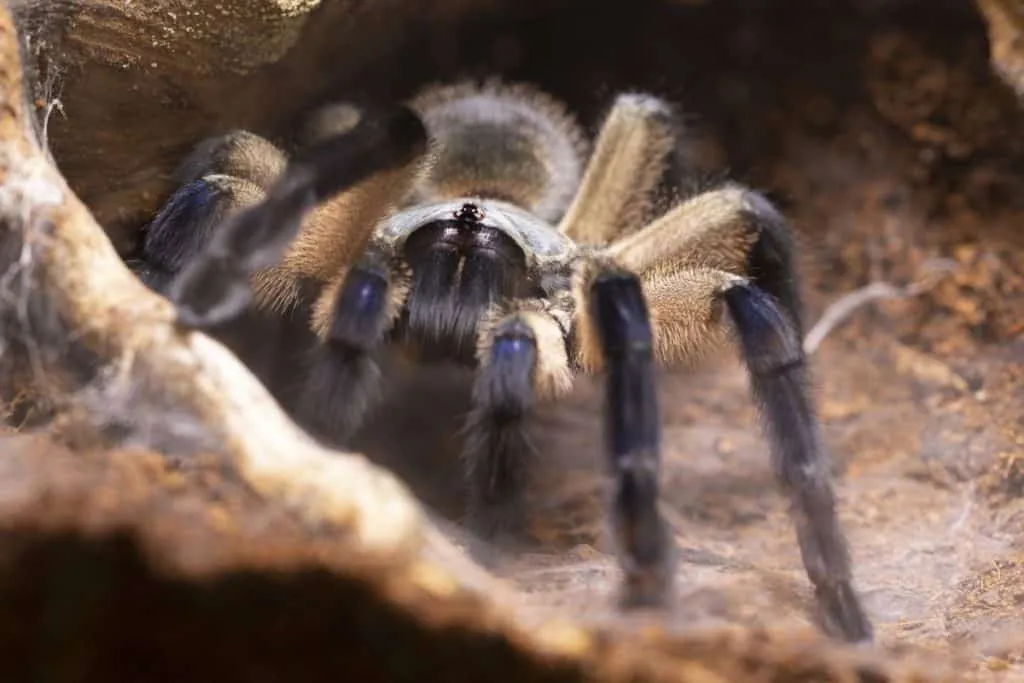Bringing a tarantula into your home can be an exciting experience, offering a unique pet that is both fascinating and relatively low-maintenance. However, choosing the right tarantula requires careful consideration. This guide will walk you through the essential factors to help you select the perfect tarantula pet, ensuring a rewarding experience for both you and your eight-legged friend. From species selection to habitat setup and care, we will provide you with all the information you need to make an informed decision. Understanding the specific needs of these creatures is paramount, and this guide will help you navigate the world of tarantula ownership with confidence.
Choosing the Right Tarantula Pet
The first step in selecting a tarantula is understanding that different species have different needs. Consider the level of care and commitment each species requires. Some tarantulas are more docile and easier to handle, making them ideal for beginners, while others are more aggressive and require more experience. Researching species-specific behaviors, lifespans, and care requirements is crucial before making a purchase. This will determine how to choose the best tarantula pet for you.
Researching Tarantula Species
Thorough research is the cornerstone of responsible tarantula ownership. Start by exploring various tarantula species, their characteristics, and specific care requirements. Websites, books, and online forums dedicated to tarantulas can provide valuable information. Look for details about their natural habitats, dietary needs, temperament, and potential health issues. Knowing this information can help you when choosing the best tarantula pet for you.
Beginner-Friendly Tarantula Species
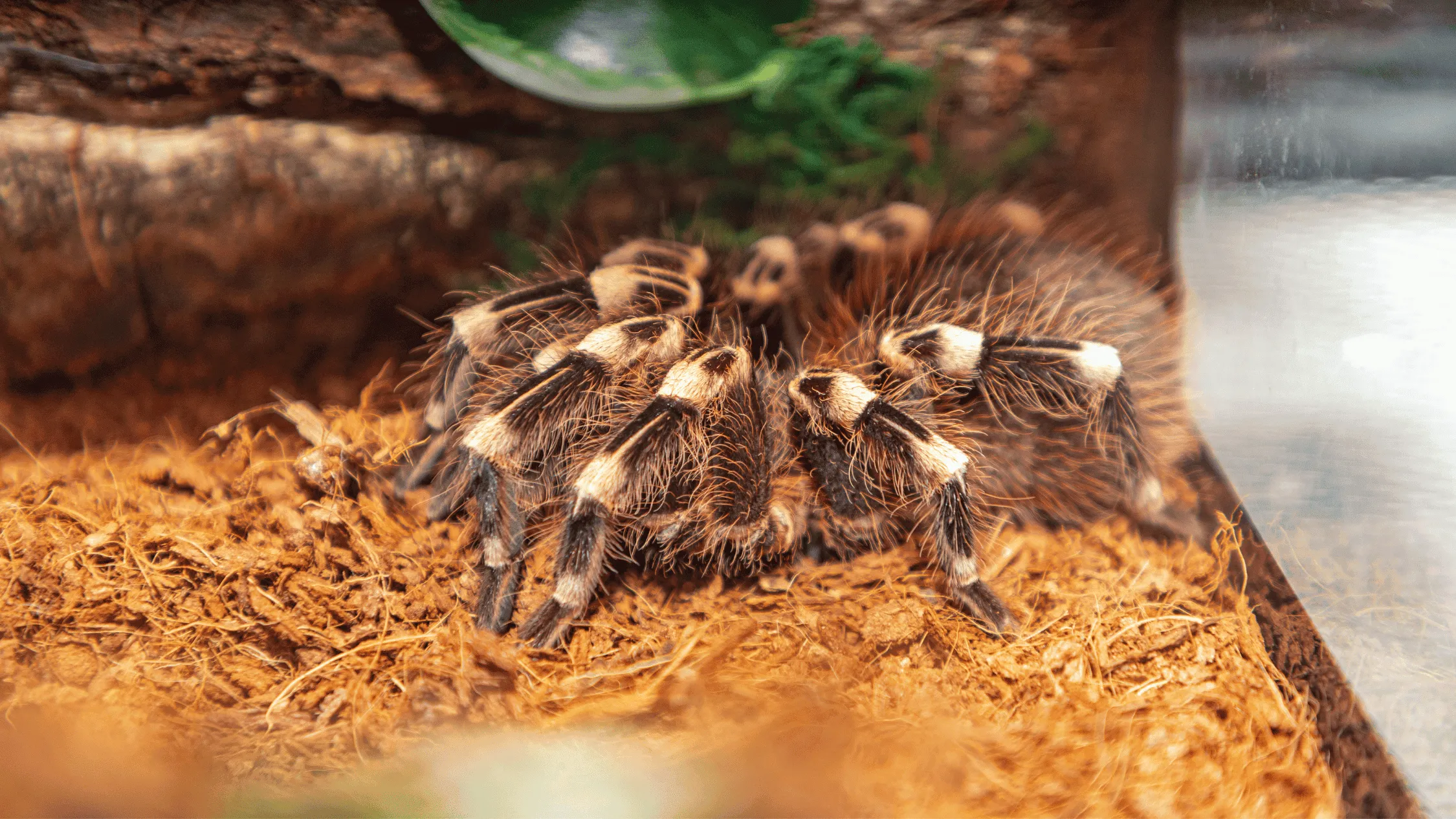
For those new to tarantula ownership, certain species are highly recommended due to their docile nature and relatively straightforward care. These include the Chilean Rose Hair tarantula (Grammostola rosea), the Pinktoe tarantula (Avicularia avicularia), and the Mexican Red Knee tarantula (Brachypelma hamorii). These species are generally less defensive, have slower growth rates, and tolerate a wider range of environmental conditions. They are typically easier to handle and less likely to bite, making them ideal for beginners.
Intermediate Tarantula Species
Once you have some experience, you might consider intermediate species. These tarantulas may require more specialized care or have a slightly more defensive temperament. Examples include the Cobalt Blue tarantula (Cyaneopubescens) or the Gooty Sapphire Ornamental (Poecilotheria metallica). Intermediate species offer a step up in complexity, allowing you to expand your knowledge and experience in tarantula care. Their unique colors and behaviors can be very rewarding to observe.
Advanced Tarantula Species
Advanced tarantula keepers often choose species that are more challenging to care for or have more complex needs. This might include the King Baboon tarantula (Pelinobius muticus) or the Greenbottle Blue tarantula (Chromatopelma cyaneopubescens). These species require a high degree of experience, a deep understanding of tarantula behavior, and specialized habitats. They may be more venomous, faster-moving, or more sensitive to environmental changes. Advanced tarantulas provide a challenge for experienced keepers looking to expand their horizons.
Considering Your Lifestyle
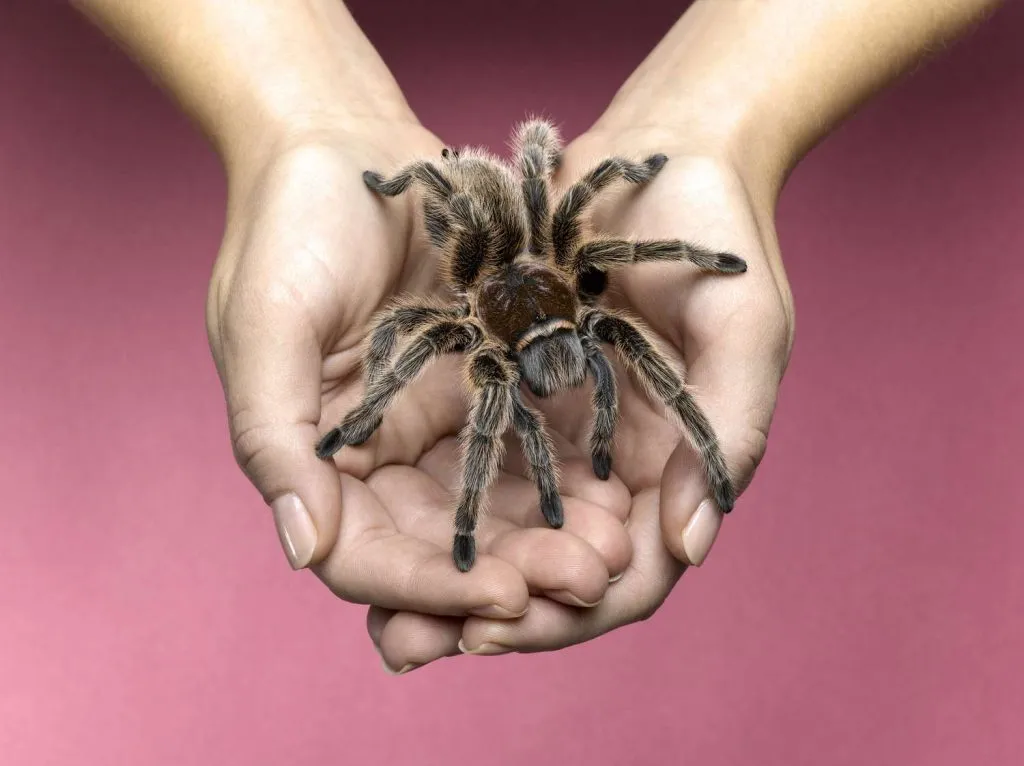
Your lifestyle plays a significant role in choosing the right tarantula. Consider the amount of time you can dedicate to caring for your pet, the space available in your home, and any potential allergies. A tarantula is a long-term commitment, and its needs must fit seamlessly into your daily routine.
Time Commitment
Tarantulas require regular care, although their needs are not as demanding as those of some other pets. You will need to feed your tarantula, provide fresh water, and clean its enclosure periodically. The time commitment varies depending on the species and its age. Spiderlings need more frequent feeding than adults. Ensure that you can dedicate enough time each week to meet the needs of your tarantula.
Space Requirements
Tarantulas need adequate space to thrive. The size of the enclosure will depend on the size of the tarantula. A larger tarantula will need a larger terrarium. Consider where you will place the enclosure in your home and whether you have enough room. The enclosure should allow the tarantula to move around comfortably and have ample space for hiding places and other enrichment items.
Allergy Considerations
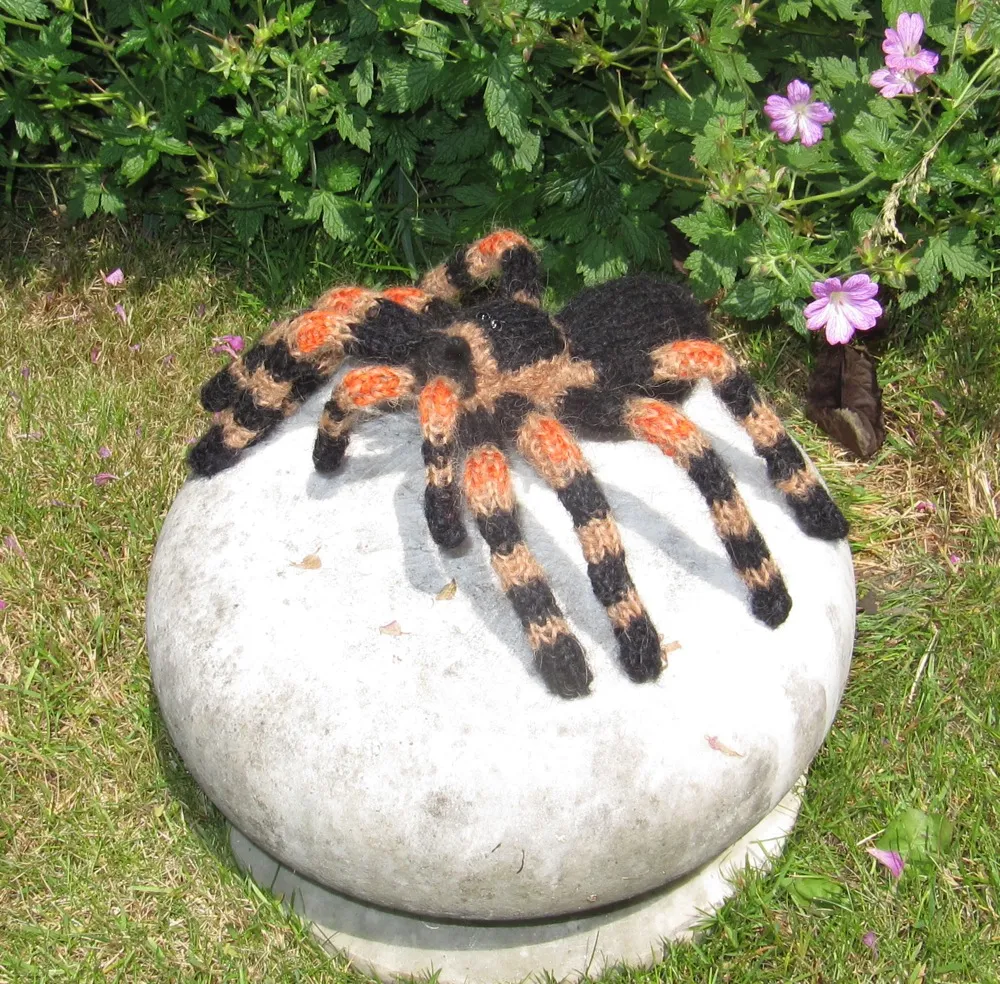
While tarantulas themselves don’t typically cause allergies, their enclosures can harbor allergens. Substrates like coconut fiber and other bedding materials can trap dust and mold spores. If you have allergies, consider this factor when choosing a tarantula. Regular cleaning of the enclosure and choosing hypoallergenic substrates can help minimize allergic reactions.
Health and Temperament
Assessing the health and temperament of a tarantula before you buy is crucial. A healthy tarantula is more likely to thrive and be a rewarding pet. The temperament will affect how easy it is to handle and interact with your pet. By observing the tarantula and asking questions, you can gauge its overall well-being.
Signs of a Healthy Tarantula
A healthy tarantula will exhibit certain behaviors and physical characteristics. Look for a tarantula with a full abdomen, as this indicates it has been eating properly. The tarantula should be alert and responsive, not lethargic or listless. Its legs should be intact, and it should move with ease. The enclosure should be clean, and the tarantula should show no signs of illness or parasites.
Evaluating Temperament
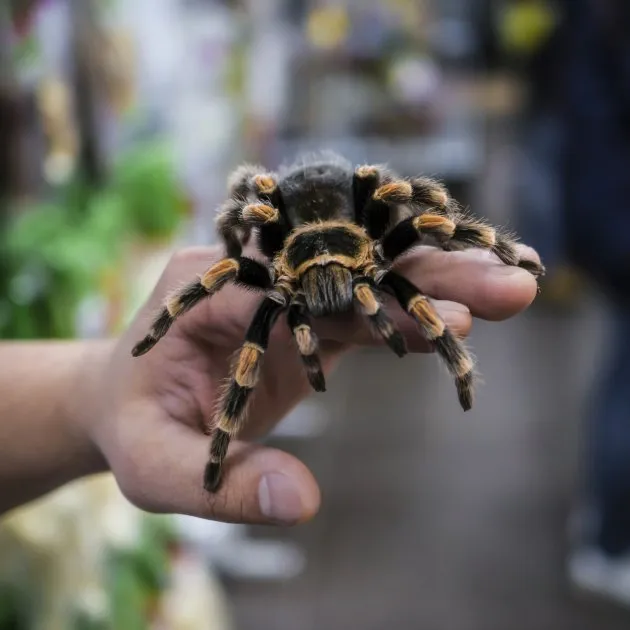
Temperament varies widely among tarantula species. Some tarantulas are docile and tolerate handling, while others are more defensive. Observe the tarantula’s behavior in its enclosure. Does it appear calm or skittish? Does it readily retreat into its burrow or show signs of aggression, such as raising its front legs or flicking hairs? Ask the breeder or seller about the individual tarantula’s temperament and handling history to assess its suitability as a pet. Handle with care if you are going to do so.
Where to Buy Your Tarantula
Finding a reputable source is essential for acquiring a healthy tarantula. Consider the credibility and reputation of the seller. Purchasing from a trusted source ensures you are getting a healthy specimen and provides you with support if you have any questions or concerns. There are a few places to buy the best tarantula pet.
Reputable Breeders
Reputable breeders are a great option for purchasing a tarantula. They specialize in breeding tarantulas and often have a deep knowledge of the species they sell. Breeders can provide detailed information about the tarantula’s lineage, health, and care requirements. Look for breeders with good reviews and a strong reputation in the tarantula community. Many breeders also offer ongoing support and advice to new owners.
Local Pet Stores
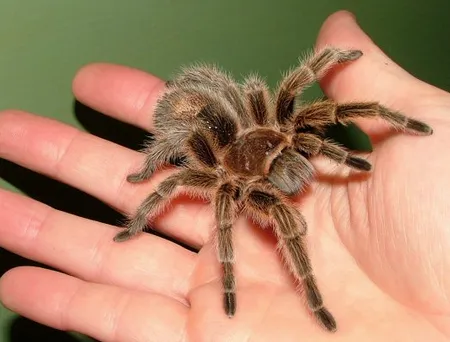
Local pet stores may carry tarantulas. However, the quality of the tarantulas can vary. Before purchasing from a local store, observe the tarantulas for signs of health and ask about their origin. Ensure that the store staff is knowledgeable about tarantula care. A good pet store will be able to answer your questions and provide guidance on how to care for your new pet.
Online Retailers
Online retailers offer a wide selection of tarantulas. When buying online, research the seller’s reputation and read reviews from other customers. Check the seller’s shipping policies and ensure they have a good track record of safely shipping live animals. Request clear pictures of the tarantula you are considering to assess its health. Be prepared to pay shipping costs, and make sure the seller guarantees the tarantula’s health upon arrival.
Setting Up the Ideal Habitat
Creating the right habitat is essential for your tarantula’s well-being. The enclosure, substrate, and environmental conditions will significantly affect the tarantula’s health and behavior. A well-designed habitat provides a safe, comfortable environment that mimics the tarantula’s natural surroundings.
Choosing the Right Enclosure

The size and type of enclosure depend on the tarantula’s species and size. The enclosure should be large enough for the tarantula to move around, with enough vertical or horizontal space depending on the species’ natural behavior. Terrestrial tarantulas need more floor space, while arboreal species require more height. Ensure that the enclosure has a secure lid to prevent escapes and that it is made of a material that maintains the proper temperature and humidity. Consider ventilation to ensure that air circulates while maintaining the desired climate.
Substrate Selection
The substrate is the material that lines the bottom of the enclosure. It provides a surface for the tarantula to walk on, burrow in, and helps maintain humidity. Suitable substrates include coconut fiber, peat moss, and vermiculite. The type of substrate will vary depending on the species’ needs. For example, burrowing species will need a deep layer of substrate to create burrows. Make sure the substrate is clean, non-toxic, and replaced regularly to prevent mold growth.
Providing Hiding Places
Tarantulas are naturally secretive animals, and they need hiding places to feel safe and secure. Provide a hide, such as a piece of cork bark, a half log, or a commercial hide. The hide should be appropriately sized for the tarantula to feel secure. Make sure the hide does not have sharp edges. These hiding places allow the tarantula to retreat when feeling threatened, during molting, or simply to rest.
Maintaining Temperature and Humidity
Temperature and humidity are critical factors in maintaining a healthy tarantula. The ideal temperature and humidity levels will vary depending on the species. Research your tarantula’s specific needs. Use a thermometer and hygrometer to monitor the enclosure’s conditions. Heating pads or ceramic heat emitters can maintain the correct temperature. Misting the enclosure with water or providing a water dish helps maintain humidity. Avoid extreme temperature fluctuations, as they can stress your tarantula.
Feeding and Care
Proper feeding and care are essential for the health and well-being of your tarantula. Understand the dietary needs of your tarantula and establish a routine for feeding, watering, and cleaning the enclosure. Provide a balanced diet and maintain a clean environment to ensure your tarantula thrives.
Feeding Frequency and Food Types
Tarantulas eat insects. The feeding frequency depends on the tarantula’s age and species. Spiderlings need to be fed more often than adults, usually every few days. Adults can be fed once or twice a week. The food should be appropriately sized for the tarantula. Crickets, mealworms, and roaches are common food items. Be sure the insects you feed the tarantula are gut-loaded with nutritious food to provide a balanced diet.
Watering and Hydration
Tarantulas need access to fresh water at all times. Provide a shallow water dish filled with clean water. The dish should be shallow enough to prevent the tarantula from drowning. Change the water regularly to prevent bacterial growth. In addition to a water dish, you can mist the enclosure lightly to provide humidity. Make sure to use dechlorinated water to avoid harming your tarantula.
Cleaning and Maintenance
Regular cleaning of the enclosure is essential to maintain a healthy environment. Remove any uneaten food and fecal matter regularly. Spot-clean the enclosure as needed. The frequency of cleaning will depend on the species and the amount of waste produced. Replace the substrate periodically, typically every few months, or sooner if it becomes soiled or contaminated. Clean the enclosure thoroughly before adding new substrate. Good hygiene will prevent the spread of diseases and ensure a safe environment for your tarantula.
Understanding Tarantula Behavior
Understanding the behavior of your tarantula can help you provide appropriate care and enjoy your pet. Tarantulas exhibit unique behaviors that provide insight into their health, mood, and needs. Learning to interpret these behaviors will allow you to better care for your pet.
Selecting a tarantula pet is a rewarding experience that requires careful planning and research. By understanding the different species, considering your lifestyle, and setting up the perfect habitat, you can ensure that your tarantula thrives. Providing proper care, understanding its behavior, and choosing a reputable source are essential steps toward successful tarantula ownership. Enjoy the unique experience of owning and caring for these fascinating creatures. With the right approach, you can enjoy a long and fulfilling relationship with your tarantula.
